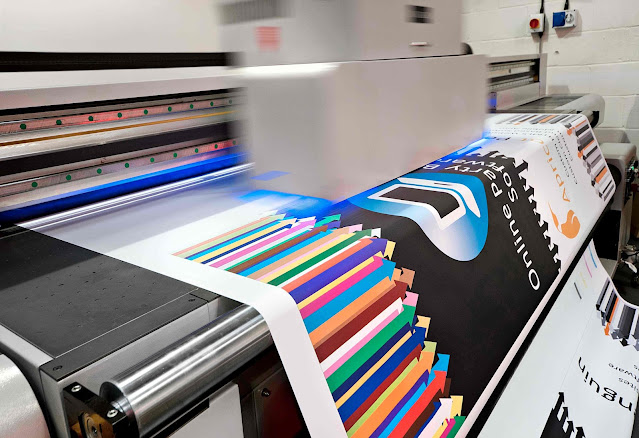A printing shop is a place where people can get printed materials. Some print shops specialize in certain types of prints (business cards, t-shirts, posters), while others offer a variety of printing services.
If you’re interested in becoming a print shop owner, it’s important to research the industry and identify your target market. This will help you decide the type of business you want to run and what kind of equipment you’ll need.
Costs
If you’re looking to start your own print shop, it’s essential that you know how much the costs of operations will be. This will help you determine whether the printing business is right for you.
While most businesses are aware of the costs of rent, payroll and inventory, they often fail to consider other operational expenses that can eat into profits. These hidden costs can be a major factor in the success of a company, so it’s important to identify them early and put in place strategies to cut them out.
One of the biggest expenses a printing shop will incur is electricity, which is necessary to run the printers and other equipment. You may also need to purchase insurance, which includes general liability coverage and property insurance.
Equipment
The equipment used in a print shop is essential for completing printing jobs quickly and efficiently. It can include an offset press, a laser printer and screen printers.
In addition to the types of machines, a print shop will need supplies such as inks and paper to get started. Inks are available in plastisol, water-based and discharge types and can be purchased in bulk or in convenient packages.
A print shop will also need squeegees to pull the ink across the screen and lay down the image. Squeegees come in different sizes and shapes, so it’s important to have a good selection on hand.
Another critical piece of equipment in a print shop is a flash cure unit. This is a must-have for all screen printers because it allows you to cure inks that are not fully cured before printing on garments. The unit will also help you reclaim screens after press runs. It can be a little tricky to set up, but once you have it working, you’ll love the results.
Marketing
A print shop needs to market itself in order to stay in business. This involves establishing brand awareness, making an impression on potential customers and converting them into paying customers.
A offset printing company can choose from a variety of digital marketing options that will help it achieve these goals. The table below compares 8 different options and provides a summary of their average cost per lead (CPL).
At the end of the day, advertising is about making an impression on a potential customer, and not necessarily getting them to purchase a specific product. Whether that impression is the result of clicking on an ad or not, it’s still worth the investment.
The Internet has changed the way people use it and how businesses market themselves. It has become a “pay-to-play” system and it’s no longer enough to produce compelling content and attract an audience organically. Instead, it requires a large budget and the help of an agency to ensure your content is seen by as many people as possible.
Management
A printing shop needs a system of record for purchasing and managing materials. It also needs an accounts payable module for ensuring proper billing and payment of vendor invoices.
Using a print management software solution can help you streamline your workflow and increase productivity. These solutions automate tasks and provide valuable real-time information about jobs in progress or incoming orders.
In the print industry, this is especially important as it enables you to efficiently control your production and inventory, improve customer service, and ensure accurate tracking of orders. You can choose a cloud-based print MIS and Web-to-Print (W2P) solution that meets your unique needs both functionally and financially.
You can even use the system to generate and send out automatic email messages to customers. This helps save you time and allows you to easily integrate with accounting and payment processors. You can also enable your customers to place and manage their own orders. This reduces your overhead and gives you a competitive edge in today’s marketplace.

